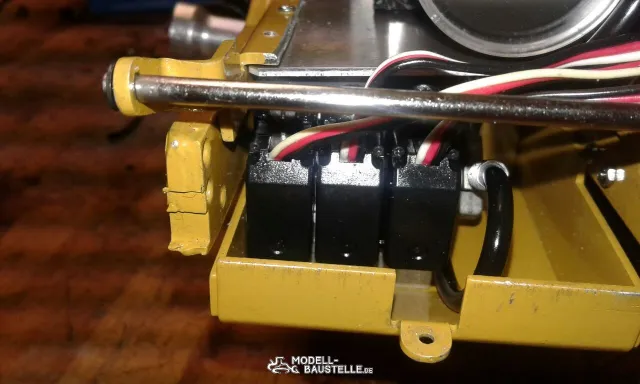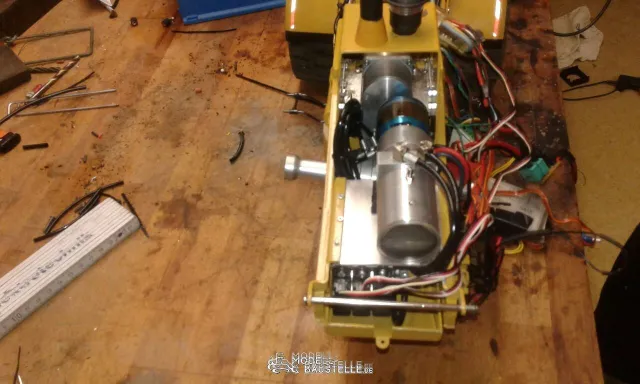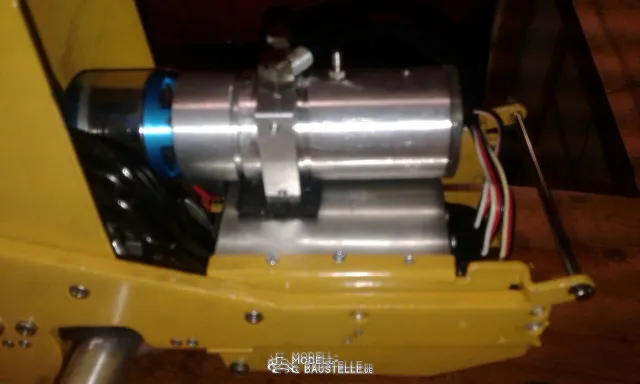Moin zusammen,
ich habe ein LESU-Modell "geerbt". In diesem ist das Druck-Begrenzer-Ventil DBV undicht. Das Öl suppt ohne Druck, also im ausgeschalteten Zustand aus der Einstell-Verschraubung (siehe Bilder). Da ich das DBV bisher nicht kenne, nehme ich jedenfalls an, das es die Einstell-Schraube ist. Und es kommt nicht wenig Öl heraus. In ca 6h kommt ein ordentlicher See zusammen!
Mein Frage jetzt: kennt jemand das DBV und wie bzw womit bekomme ich die Verschraubung wieder dicht?
Martin
--
(der tut nichts - der will nur spielen)





